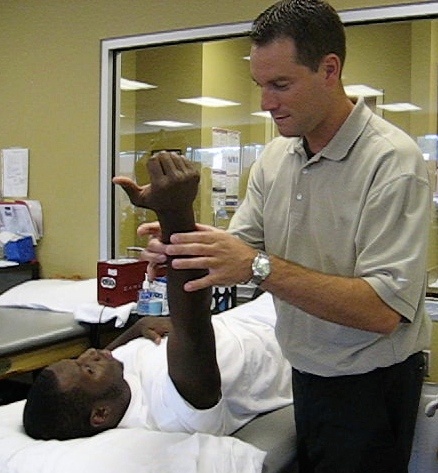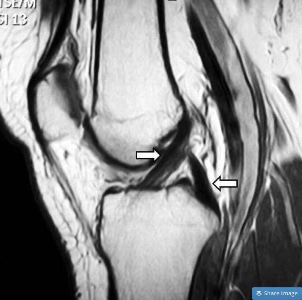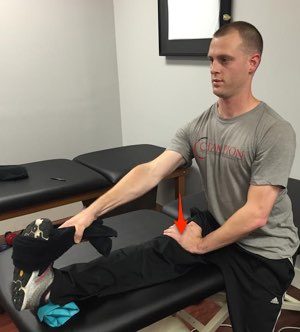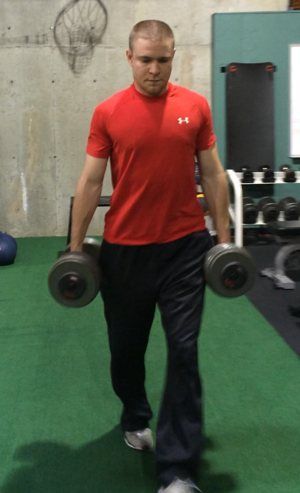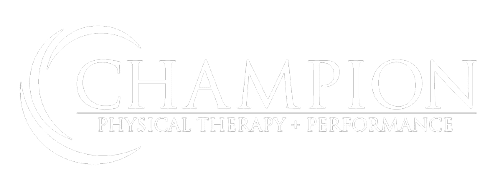3 Keys to Restoring Shoulder Function
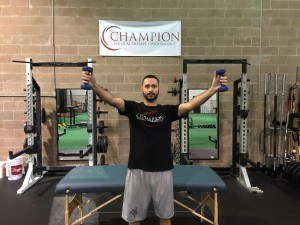
No matter the situation, the key is to restore their functional range of motion and strength through a well-designed program targeting the implicated tissues.
Each case presents a new challenge for me but there are definitely many overlapping issues that I see on a regular basis. Typically, if we can address these and introduce an evidence-based exercise program, then the athlete can quickly return to their sport at the same, if not higher level.
Common Issues We See
I wrote about Restoring Shoulder Soft Tissue Mobility In Baseball Pitchers on some of the ways I use manual therapy to help restore shoulder soft tissue mobility. Mike and I also published a study on Changes in shoulder and elbow passive range of motion after pitching in professional baseball players showing the acute effects of throwing on shoulder motion. We know these acute changes need to be addressed to restore normal movements and allow the athlete to perform as needed.
Knowing this, I always insist on empowering the client to do most of their exercises at home with the goal of having complete control.
3 Keys to Restoring Shoulder Function
If I had to target 3 key areas to improve a client’s overhead function, it would definitely be:
- Thoracic spine mobility
- Shoulder soft tissue mobility
- Rotator cuff and scapula strength
Thoracic Mobility

By improving thoracic mobility, we can potentially take stress off of the lumbar spine and shoulder joint. This can also help to restore improved scapula position, as the scapular is highly influenced by the thoracic spine.
Someone with a more flexed thoracic spine will have excessive scapular protraction and anterior tilt. This often leads to a decrease in the joint space where the rotator cuff tendon sits and can potentially lead to issues of pain or dysfunction if not addressed.
Shoulder Soft Tissue Mobility

The soft tissue restrictions, if not treated on a regular basis, can lead to adaptive changes that may put the shoulder in a disadvantageous position. Often times, we can address these issues with some simple drills which can help restore or improve the athlete’s range of motion.
Cuff and Scapula Strength Exercises

We often see that our clients have been working on the bigger, sexier muscle groups but ignoring the smaller, stabilizing muscles. Remember, you’re only as strong as your base of support so we’ll maintain that your rotator cuff and scapular stabilizers are as important.
Download Our Home Exercise Program
Combining the 3 key factors above can often unlock lost potential and allow the athlete to return to their sport at a higher level. Careful consideration to improve thoracic spine mobility, shoulder soft tissue mobility and rotator cuff/scapula strength will lead to improved shoulder function.
Click below to download an example of a home program we often use for people with these needs:

